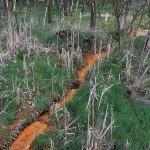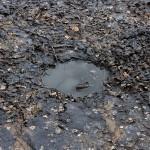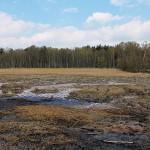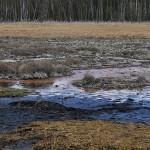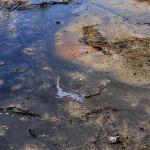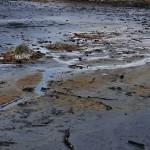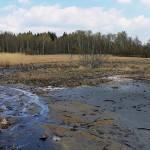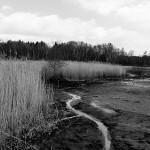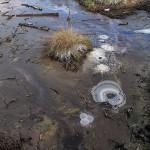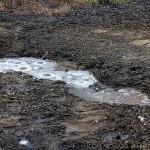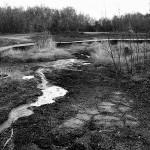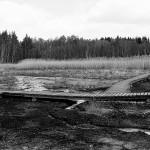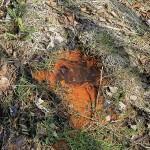Venture further into the Soos nature reserve and the landscape changes drastically… The many gaseous carbon dioxide springs, with water that sometimes turns orange and which smell heavily of sulfur take you back to prehistoric times. We are referring to the so – called mud volcanoes. According to Wikipedia,
The terms mud volcano or mud dome are used to refer to formations created by geo-exuded slurries (usually including water) and gases. There are several different geological processes which may cause the formation of mud volcanoes. Mud volcanoes are not true (igneous) volcanoes as they produce no lava. Any point at which over time, the earth continuously exudes a mud-like substance, may sometimes be referred to as a “mud volcano”. Mud volcanoes may range in size from merely 1 or 2 meters high and 1 or 2 meters wide, to 700 meters high and 10 kilometers wide. Smaller mud exudations are sometimes referred to as mud-pots. The largest mud volcano structure, Indonesia’s Lusi, is 10 kilometres (6 mi) in diameter and reaches 700 metres (2,300 ft) in height.[1]
The mud produced by mud volcanoes is most typically formed as hot water, which has been heated deep below the earth’s surface, begins to mix and blend with various subterranean mineral deposits, thus creating the mud slurry exudate. This material is then forced upwards through a geological fault or fissure due to certain local subterranean pressure imbalances. Mud volcanoes are associated with subduction zones and about 1100 have been identified on or near land. The temperature of any given active mud volcano generally remains fairly steady and is much lower than the typical temperatures found within igneous volcanoes. Mud volcano temperatures can range from near 100 °C (212 °F) to occasionally 2 °C (36 °F), some being used by tourists as popular “mud-baths”.
What a surreal landscape!
